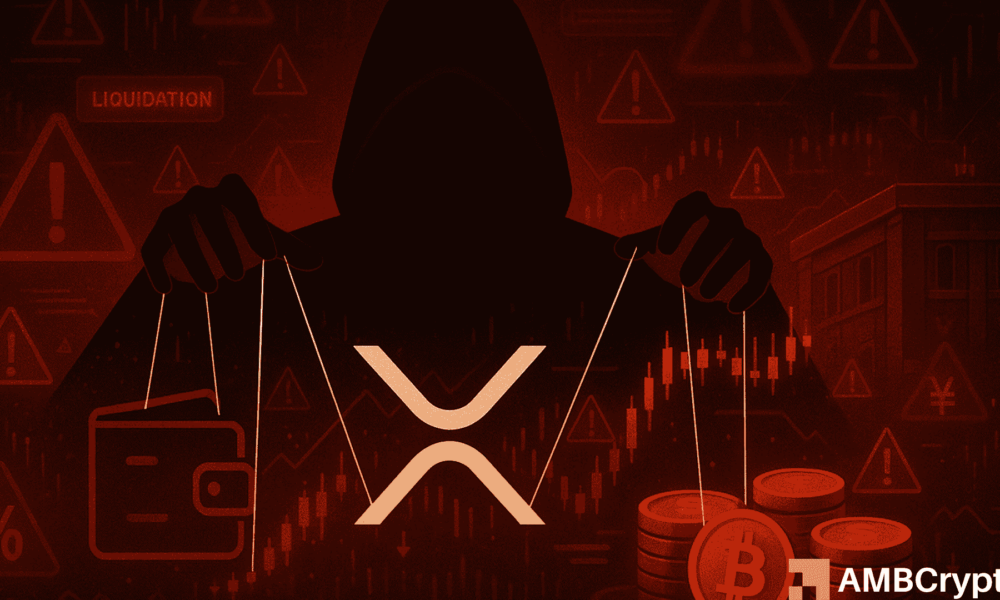Understanding Price Manipulation in the 2025 Crypto Landscape
Price manipulation emerged as a dominant threat in the cryptocurrency market in 2025. According to CertiK, a notable blockchain security firm, there were 51 recorded incidents that collectively resulted in losses totaling approximately $42 million. As the cryptocurrency landscape evolves, these acts have grown both in frequency and sophistication, thereby posing a significant challenge to traders and regulators alike.
A recent high-profile case exemplifying this trend occurred on November 12 involving Popcat, a meme coin listed on the Hyperliquid exchange. An anonymous trader orchestrated a pump-and-dump scheme that saw Popcat’s price surge to $0.21, due to the fraudulent establishment of buy walls across 19 separate wallets. Just as quickly, the whale pulled out their capital, causing a catastrophic 43% price drop, which liquidated approximately $63 million in leveraged positions. This scenario underscores the vulnerability of assets in decentralized exchanges, particularly in the retail trading segment.
This manipulation incident is reflective of a wider pattern within the crypto market. CertiK’s findings reveal that multiple tokens have faced similar attacks, with the most affected being Resupply, OdeinFun, Loopscale, Future Protocol, and Typus Finance. Collectively, these incidents not only highlight the importance of securing oracle systems, but they also stress the need for deeper liquidity to mitigate the potential for exploitation by unscrupulous traders. Unlike traditional scams such as phishing attacks, which resulted in losses exceeding $2.5 billion in the first half of 2025 alone, price manipulation often requires only capital and coordination, making it increasingly accessible.
The decentralized finance (DeFi) sector has become particularly susceptible to these attacks, as many platforms lack the necessary safeguards that traditional exchanges employ. Traders have started to refer to the Popcat incident as “peak degen warfare,” a term that encapsulates the chaotic and opportunistic nature of meme coin trading on decentralized exchanges (DEXs). The absence of circuit breakers and position limits leaves assets exposed to significant volatility, making it easy for market manipulators to wreak havoc with minimal initial investment.
While the maneuverer behind the Popcat incident lost their initial investment of $3 million, their actions instigated damages tenfold that amount. The subsequent chaos prompted Hyperliquid to halt operations, raising pressing questions about the balance between a decentralized trading model and the protective measures necessary to safeguard traders. Indeed, the tension between decentralization and investor protection remains a critical discussion point as platforms look to implement tighter risk controls in the wake of such incidents.
As the cryptocurrency market continues to mature, it is crucial for stakeholders to understand the dynamics of price manipulation and its implications. This understanding will not only help in mitigating risks but will also contribute to establishing more robust trading environments. In a rapidly evolving space where regulation is often slow to catch up, enhanced transparency and enhanced security measures may be the best approach to safeguard against the threats posed by coordinated market manipulation.
In conclusion, the rise of price manipulation incidents in 2025 serves as a wake-up call for traders, platforms, and regulators alike. By fostering an environment that prioritizes security and investor confidence, the crypto community can work toward a more sustainable and equitable trading future. Strengthened protocols, improved liquidity strategies, and active regulatory engagements will be pivotal in mitigating the risk of price manipulation, ultimately helping to cultivate a more resilient and informed trading ecosystem moving forward.


